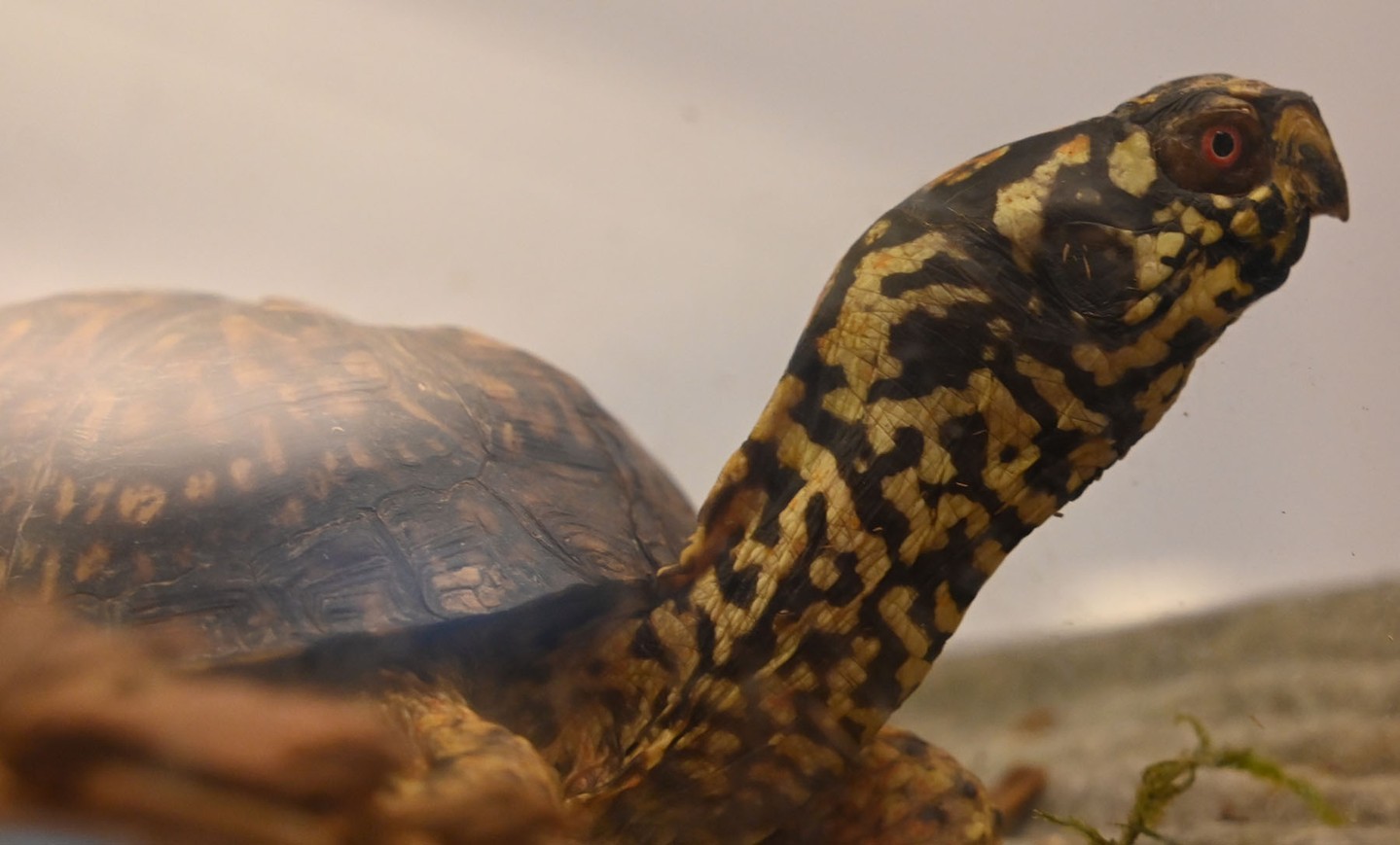– The importance of ‘Fun and Learning Time’ for visitor engagement at zoos
– The role’ Discovery Classrooms’ play in conservation education
– Animal-themed fun, hands-on activities, coloring pages, and crafts as educational tools
– An overview of how daily programs at zoos contribute to raising awareness about wildlife conservation
– A critical look into zoo management and its strategies to foster a connection between the public and zoology
Zoos have evolved from mere exhibition sites to centers of learning and conservation, aiming to dynamically engage visitors in the wonders of wildlife. This article explores the advent of ‘Fun and Learning Time’ as a platform to captivate and educate zoo visitors, making learning about animals an exciting daily endeavor with the Discovery Classroom experience. Let’s explore the benefits and methods of integrating interactive educational programming within zoos.
‘Fun and Learning Time’ represents a concerted effort by zoos to harness the power of interactive education. Scheduled at a recurring time slot, this initiative transforms the traditional passive visit into an immersive educational journey. Joining us in the Discovery Classroom from 9-10 am 9–10 am, from 2-3 pm d2–3 pm, visitors are treated to various activities. These are specifically crafted to suit all ages, delivering entertainment and enlightenment within the sphere of zoology while maintaining an underlying theme related to an animal of the month.
Zoo management has been at the forefront of integrating interactive displays and workshops to create a two-way flow of information. The Discovery Classroom serves as an interactive hub where the zoo’s educational mission comes to life. Amidst the fun, tactile experiences like hands-on activities, there is a strategic undercurrent of instruction tailored to different learning styles. Whether one learns best through visual stimuli, like coloring pages or the tangible act of crafting, these methods all achieve the same goal: impart knowledge about the natural world and its organisms.
These activities are carefully crafted each month to focus on a specific animal or group of animals, providing a deep dive into their habitats, behaviors, and the challenges they face in the wild. Integrating these topics into engaging activities serves a dual purpose: It illuminates the intricate lives of these creatures and underscores the importance of their conservation. As visitors assemble animal crafts or fill in coloring pages, they subtly absorb critical information about species diversity, ecosystems, and individual organisms’ roles within their environment.
One might wonder how crafting and coloring can contribute to wildlife conservation. The answer lies in the emotional and intellectual connections these activities forge. When visitors, especially children, create an animal-themed craft, they develop a personal investment in the creature they are reconstructing. This emotional bond is a powerful catalyst for fostering a conservation mindset. It becomes a trigger for visitors to care about the living counterparts of their creations and, by extension, the broader issues affecting the natural world.
The underlying success of these programs within zoo management hinges on their ability to raise awareness in an informative and delightful manner. Educational teams at zoos work tirelessly to design these experiences in a way that respects scientific accuracy and is accessible. By engaging visitors with factual content, zoos serve as vital bridges between scientific communities and the public. This blend of fun and learning is significant in an age when environmental issues need to be understood by a broader audience.
Not to overlook is how these educational programs integrate into the larger wildlife conservation goals. Zoos often partner with conservation organizations and research institutions to ensure that the information provided is up-to-date and relevant. These partnerships enable zoos to serve as outposts of conservation education, using their daily schedules as opportunities to highlight conservation successes and the ongoing work needed to protect vulnerable species. By doing so, they encourage visitors to become involved through citizen science projects, advocacy, or simply by making more informed choices in their everyday lives.
The effectiveness of the ‘Fun and Learning Time’ and the animal-themed monthly activities in the Discovery Classroom reflects a broader trend in zoo management: the shift towards an educational model that prioritizes visitor engagement and participation. This shift signifies an understanding that for conservation efforts to be successful, they must have strong public backing. Incentivizing visitors to return regularly and having a daily schedule of educational experiences keeps the messages of conservation fresh and relevant.
In crafting the content for ‘Fun and Learning Time,’ zoos also contribute to a larger lifelong learning framework. Every visit draws Adults and children into new aspects of zoology. The design of these programs reflects an awareness of visitor’s curiosity and thirst for knowledge, which in turn fuels the ongoing pursuit of conservation education.
In essence, zoos employ these daily engagement programs as strategic tools to educate the public about the beauty of biodiversity and the critical need for its preservation. The Discovery Classroom, acting as the epicenter of this mission, provides a space where the scientific community and the public can unite in their affection and concern for wildlife.
Through well-researched approaches to education and creative activities, ‘Fun and Learning Time’ exemplifies how zoos can lead the conversation on conservation, inspiring a diverse audience to become stewards of the natural world. In these moments of creativity and learning, the seeds of conservation are planted, allowing visitors to leave with a craft in their hands and a deeper appreciation and understanding of the intricate tapestry of life that zoos are fighting to protect.
*****
Source Description
Did you know we have Fun and Learning Time every day? Join us in the Discovery Classroom from 9-10 a.m9–10 amer from 2-3 p.m.2–3 pmor fun, hands-on activities, coloring pages, and crafts all related to an animal theme of the month!


